 2010 Nissan X-Trail II (T31, facelift 2010) Dimensions, Size & Specs
2010 Nissan X-Trail II (T31, facelift 2010) Dimensions, Size & SpecsMeasurements of the 2010 Nissan X-Trail II, engineered for optimal performance and comfort
| Dimensions | |
|---|---|
| Length: | 4635 mm182.5 in15.2 ft |
| Width: | 1790 mm70.5 in5.9 ft |
| Height: | 1700 mm66.9 in5.6 ft |
| Ground Clearance: | 210 mm8.3 in0.7 ft |
| Trunk Capacity: | 479 liter16.9 cu ft |
| Trunk Capacity (Max): | 1773 liter62.6 cu ft |
| Weight Specifications | |
| Curb Weight: | 1605-1645 kg3538-3627 lbs |
| Maximal permitted Weight: | 2170 kg4784 lbs |
| Roof Load: | 100 kg220 lbs |
| Tire Specifications | |
| Rims Sizes: | 17-inch rims:
|
| Tire Sizes: |
|
The Nissan X-Trail II (T31) facelift introduced in 2010 and produced until 2014 is a compact SUV designed to offer versatile performance and practical dimensions for families and adventure enthusiasts alike. Measuring 4635 mm (182.5 inches) in length, 1790 mm (70.5 inches) in width, and standing 1700 mm (66.9 inches) tall, this second-generation X-Trail strikes a balance between interior space and maneuverability on urban roads and off-road conditions.
Weighing between 1605 to 1645 kg (3539 to 3626 lbs), the vehicle maintains a curb weight suitable for stability and fuel efficiency while capable of handling a maximum weight of 2170 kg (4784 lbs). Its robust design accommodates a roof load capacity of up to 100 kg, expanding utility for carrying extra gear or luggage on road trips.
The Nissan X-Trail II offers versatile cargo space with a luggage capacity of 479 liters (16.9 cubic feet) with rear seats upright, which expands substantially to 1773 liters (62.6 cubic feet) once the rear seats are folded down, providing ample room for bulky items or camping equipment.
With a ground clearance of 210 mm (8.3 inches), the X-Trail II is well-suited for light off-roading and uneven terrains, giving drivers confidence in varying driving conditions. The vehicle rides on rim sizes ranging from 7J x 17 to 8J x 18 inches, paired with tire sizes of 225/60 R17 or 225/55 R18, offering a firm and comfortable ride.
This generation of the Nissan X-Trail combines practical dimensions with rugged features, making it a reliable SUV choice for those needing a spacious, capable vehicle that adapts well to both city commuting and outdoor adventures.
Discover the standout features that make the 2010 Nissan X-Trail II a leader in its class
Have a question? Please check our knowledgebase first.
The Nissan X-Trail II (T31 facelift 2010) measures 4635 mm (182.5 inches) in length, 1790 mm (70.5 inches) in width, and 1700 mm (66.9 inches) in height. These dimensions provide a balanced size for an SUV, making it practical for both city driving and off-road adventures. The length ensures ample interior space and cargo capacity, while the moderate width aids in maneuverability. The height provides good road presence and accommodates high seating positions favored in SUVs.
The curb weight of the 2010 Nissan X-Trail II ranges from 1605 kg to 1645 kg (approximately 3539 to 3627 pounds), depending on the specific trim and equipment. Its maximum permissible weight, which is the total allowed weight including passengers and cargo, is 2170 kg (4785 pounds). This weight range strikes a balance between sturdiness and efficiency, contributing to the vehicle’s stable on-road behavior and off-road capability.
The Nissan X-Trail II facelift from 2010 offers a generous luggage capacity of 479 liters (16.9 cubic feet) when the rear seats are in use, making it practical for daily errands and family trips. When the rear seats are folded down, the available cargo space expands significantly to 1773 liters (62.6 cubic feet), providing ample room to transport larger loads, sports equipment, or luggage during extended journeys or moving tasks.
The Nissan X-Trail II facelift has a ground clearance (ride height) of 210 mm (8.3 inches). This height is sufficiently robust for an SUV to easily navigate over rough terrain, uneven gravel roads, and mild off-road conditions without damaging the underside. A 210 mm clearance also contributes to a commanding driving position and improved visibility, while still maintaining a stable center of gravity for on-road handling.
The Nissan X-Trail II facelift is equipped with rims sized 7J x 17, 7J x 18, or 8J x 18, depending on the trim level. Correspondingly, tire sizes include 225/60 R17 and 225/55 R18. These tire and rim dimensions offer a good compromise between ride comfort, road grip, and aesthetics, contributing to the vehicle’s reliable performance in both city driving and mild off-road environments.
With a width of 1790 mm (70.5 inches) and height of 1700 mm (66.9 inches), the Nissan X-Trail II (T31 facelift 2010) generally fits comfortably within a standard single-car garage, which typically measures about 2400 mm (94.5 inches) wide and 2130 mm (84 inches) high. However, care should be taken when parking, especially since the X-Trail's length of 4635 mm (182.5 inches) is on the longer side for urban garages. Drivers should verify their garage dimensions but, for most typical residential garages, the X-Trail fits without difficulty.
Compared to the first-generation Nissan X-Trail (T30), the 2010 X-Trail II facelift offers slightly increased dimensions. The X-Trail II measures 4635 mm in length versus about 4495 mm of the T30, providing more interior and cargo space. Width increased marginally to 1790 mm from approximately 1760 mm, and height remained similar at around 1700 mm. This growth improved overall passenger comfort and luggage capacity. Additionally, the second generation benefited from refined styling and improved aerodynamics while maintaining the ruggedness and compact footprint that made the T30 popular.
In the compact SUV segment, the Nissan X-Trail II facelift (2010-2014) compares favorably to competitors such as the Toyota RAV4, Honda CR-V, and Mazda CX-5. Dimensionally, its length of 4635 mm and width of 1790 mm place it roughly in the middle of its class in terms of size. The X-Trail’s generous cargo volume of up to 1773 liters with seats folded provides competitive utility. Its ground clearance of 210 mm is higher than some rivals, enhancing off-road and all-weather capabilities. Feature-wise, the 2010 facelift introduced modern styling updates, improved interior quality, and flexible seating arrangements, keeping it relevant against contemporaries in space, practicality, and versatility.
The 2010 Nissan X-Trail II facelift has a roof load capacity of 100 kg (approximately 220 pounds). This rating allows for carrying rooftop luggage boxes, bikes, skis, or roof racks with sports gear. The limit is sufficient for most typical passenger roof loads but should be respected to avoid affecting vehicle stability or causing damage. The high ground clearance combined with this roof load flexibility makes the X-Trail a good choice for outdoor enthusiasts who often carry additional gear on top.
The 2010 facelift of the Nissan X-Trail II brought several notable improvements over the initial release (2007-2010). The update included refreshed exterior styling with a new front grille, headlamps, and improved aerodynamics. Interior enhancements focused on better materials, updated infotainment options, and improved ergonomics for driver and passengers. Safety features were upgraded, with additional airbags and improved chassis rigidity. The facelift also often came with refined engine options for better fuel efficiency and emissions compliance. These enhancements made the X-Trail II a more competitive and comfortable compact SUV in its segment.
Discover similar sized cars.
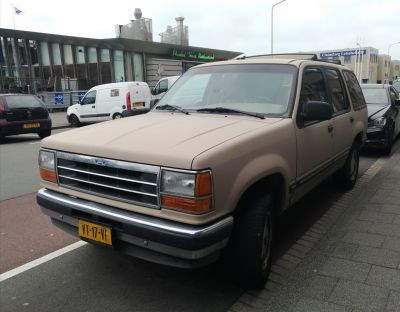
| Production: | 1991-1994 |
|---|---|
| Model Year: | 1991 |
| Length: | 4673 mm184.0 in |
| Width: | 1778 mm70.0 in |
| Height: | 1709 mm67.3 in |
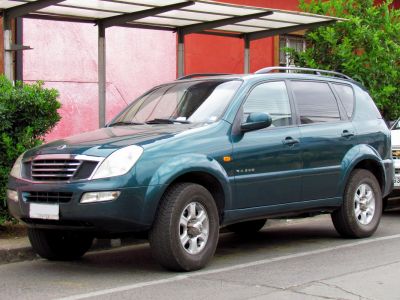
| Production: | 2001-2006 |
|---|---|
| Model Year: | 2001 |
| Length: | 4720-4785 mm185.8-188.4 in |
| Width: | 1870 mm73.6 in |
| Height: | 1760-1830 mm69.3-72.0 in |
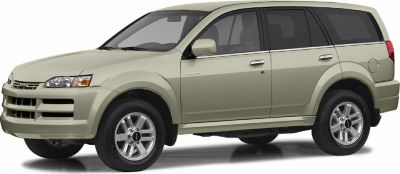
| Production: | 2001-2004 |
|---|---|
| Model Year: | 2002 |
| Length: | 4638 mm182.6 in |
| Width: | 1796 mm70.7 in |
| Height: | 1707 mm67.2 in |
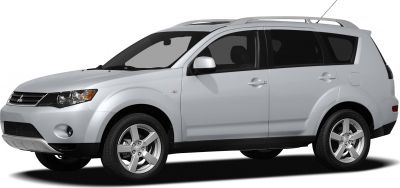
| Production: | 2005-2009 |
|---|---|
| Model Year: | 2006 |
| Length: | 4640 mm182.7 in |
| Width: | 1800 mm70.9 in |
| Height: | 1720 mm67.7 in |

| Production: | 2007-2009 |
|---|---|
| Model Year: | 2007 |
| Length: | 4636 mm182.5 in |
| Width: | 1805 mm71.1 in |
| Height: | 1715 mm67.5 in |
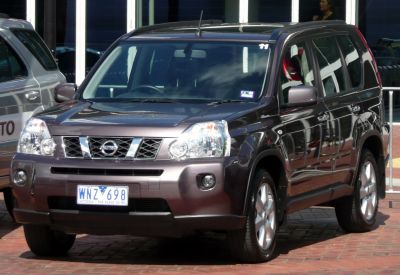
| Production: | 2007-2010 |
|---|---|
| Model Year: | 2007 |
| Length: | 4630 mm182.3 in |
| Width: | 1785 mm70.3 in |
| Height: | 1685 mm66.3 in |

| Production: | 2007-2012 |
|---|---|
| Model Year: | 2007 |
| Length: | 4646 mm182.9 in |
| Width: | 2072 mm81.6 in |
| Height: | 1715 mm67.5 in |
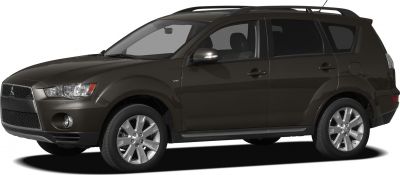
| Production: | 2009-2012 |
|---|---|
| Model Year: | 2010 |
| Length: | 4665 mm183.7 in |
| Width: | 1800 mm70.9 in |
| Height: | 1680-1720 mm66.1-67.7 in |
